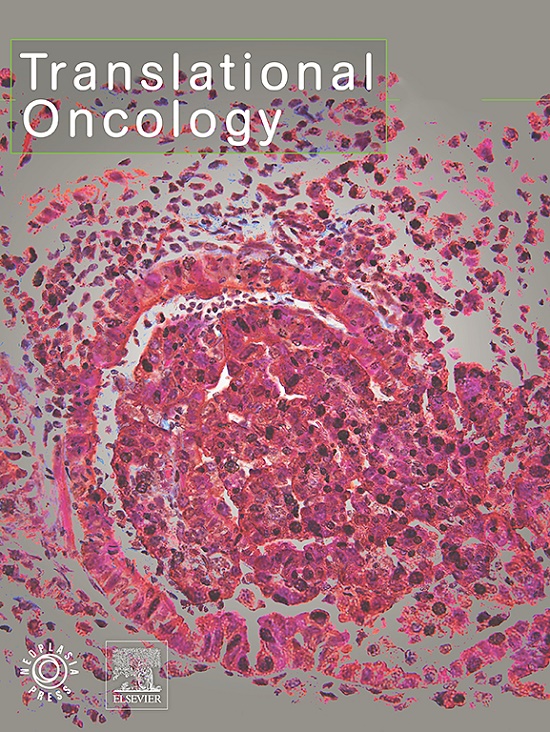Transcriptome-proteome integration analysis identifies elevated expression of LARP7 promoting the tumorigenesis and development of gastrointestinal stromal tumors
IF 5
2区 医学
Q2 Medicine
引用次数: 0
Abstract
Gastrointestinal stromal tumors (GISTs) are the most common mesenchymal tumors in the digestive tract, with c-kit and PDGFRA mutations being the primary causes. However, GIST pathogenesis is not still fully understood. Differential expression analysis, Univariate Cox regression and Kaplan-Meier curves were utilized to screen for up-regulated and prognostically relevant genes. The expression distribution was compared across various demographics and clinical groups. The relationship between gene expression and cytokine pathway activation was assessed via CytoSig. Immune cell infiltration was analyzed using TIMER2.0. Four paired GIST and adjacent normal tissues were collected to validate the expression trend. CCK8 assays and scratch wound healing assays were conducted in GIST-T1 and GIST-882 cells. Results indicated that LARP7 was up-regulated in GISTs at both mRNA and protein levels. This elevated expression was associated with poor prognosis, particularly in GISTs located in the small intestine and those with larger tumor sizes. LARP7 was implicated in the expression of IFN-induced genes and the negative regulation of viral processes. Predictions of cytokine pathways supported these findings, and immune cell infiltration analysis revealed a higher presence of CD8+ T cells in GISTs with high LARP7 expression. The lncRNA (H19 or LINC00665)-miRNA(hsa-miR-138–5p) axis targeted LARP7. Furthermore, LARP7 was elevated in imatinib-resistant GISTs, with some other drugs predicted to aid in therapy. LARP7 knockdown resulted in reduced proliferation and migration of GIST-T1 and GIST-882 cells. Overall, high expression of LARP7 correlates with poor prognosis in GISTs, highlighting its potential as a therapeutic target.

求助全文
约1分钟内获得全文
求助全文
来源期刊

Translational Oncology
ONCOLOGY-
CiteScore
8.40
自引率
2.00%
发文量
314
审稿时长
54 days
期刊介绍:
Translational Oncology publishes the results of novel research investigations which bridge the laboratory and clinical settings including risk assessment, cellular and molecular characterization, prevention, detection, diagnosis and treatment of human cancers with the overall goal of improving the clinical care of oncology patients. Translational Oncology will publish laboratory studies of novel therapeutic interventions as well as clinical trials which evaluate new treatment paradigms for cancer. Peer reviewed manuscript types include Original Reports, Reviews and Editorials.
 求助内容:
求助内容: 应助结果提醒方式:
应助结果提醒方式:


